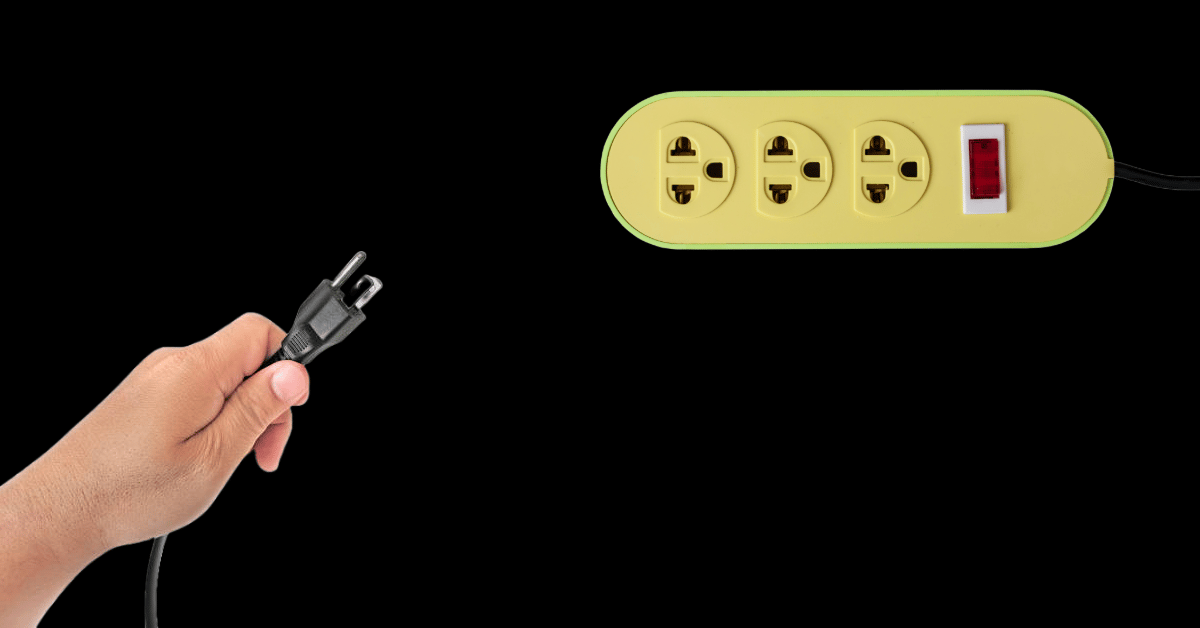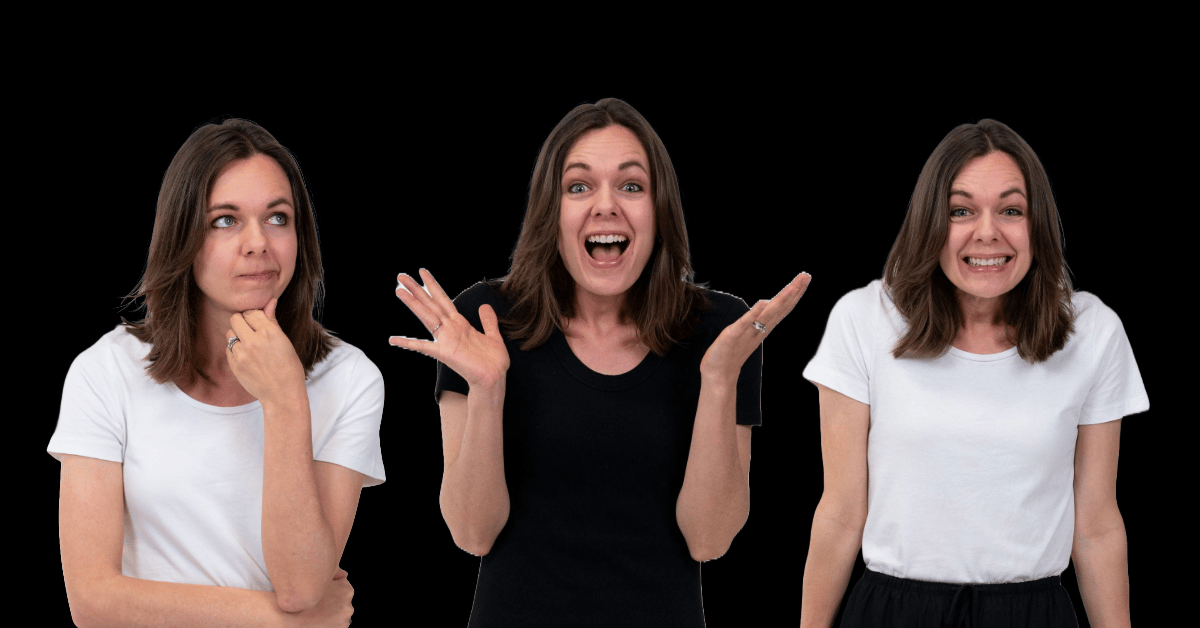
AI music generator Suno is in talks to raise over $100 million at a valuation north of $2 billion.
That's 4X what it was worth a few months ago. You might remember Suno as the company being sued by major record labels like Universal and Warner for alleged copyright infringement last year. By June, those same labels were reportedly in talks to settle and license their works to Suno in exchange for equity. And now, in a surreal bit of timing, Spotify has announced new “responsible AI” partnerships with Sony, Universal, and Warner to “empower artists and songwriters.” Empower. Right. Because nothing says “creative empowerment” like partnering with the same tech that’s making human artists obsolete.
-Sophie Randell, Writer
Tired of posting “great” content that gets ignored?
You’re hitting “publish,” but something's off. As in, you're not getting comments, followers, or sales.
The problem? You don't know how to tell a good story. You know, one your audience cares about. Because when they buy into your story, they buy into your brand.
In this 90-minute workshop, we’ll show you how to use storytelling to make your brand un-ignorable.
What you’ll learn:
✅ How to create content that builds trust, gets engagement & creates loyal followers
✅ How to build an emotional connection with your audience
✅ The 3 crucial elements every story NEEDS
You'll leave with practical frameworks you can apply right away. Bring your questions and we’ll bring everything we’ve learnt from growing an audience of 3.2M followers.
30 Oct | 8:30-10:00 NZT | $49 (recording included!)
WHAT’S HAPPENING IN MARKETING TODAY?
IG intros PG-13 version, Google creates AI education platform & YT tests tool that will detect deep fakes

Instagram to bring in version of PG-13 system to protect children, says Meta.
Hmmmm, but didn’t y’all just lose your brand safety accreditation? Pick a freaking side, Zuck. According to Meta, Instagram will start applying rules similar to the US “parental guidance” movie rating to all material on teen accounts. This means any users under 18 years old will be automatically lumped into the 13+ category, and therefore settings. The only way to opt out is with parent's permission.
So what content will be restricted? Well, the teen accounts already hide sexually suggestive content, disturbing images, and alcohol/ tobacco consumption. But the PG-13 version aims to restrict it further, hiding posts with strong language, risky stunts and paraphernalia.
Call me uptight, but I genuinely think this is a good thing. Social media has already caused irreparable harm to so many kids. Hopefully this is the beginning of curbing that damage.
Google offers AI education in new "skills" platform.
If you want to improve your AI skills or digital literacy, the new "Google Skills" learning hub offers 3,000 technology focused courses. These integrate content from Google Cloud, Google DeepMind, Grow with Google, and Google for Education to create a one-stop educational platform.
You’ll be able to build real world skills with these courses, which also come with skill badges and certifications. This is similar to what Pinterest did recently with its Pinterest Academy.
This is especially helpful for those looking to pursue a career in AI research or just want a better understanding of LLMs to support you in your work. The best part is? Most of it is free. Definitely worth checking out.
YouTube previews its upcoming likeness detection tool.
Okay YouTube, I see you. Doing the most to combat creepy deepfakes and re-posts. The tool will enable creators to upload an image of their face, which the platform can then use as a reference to detect other uploads that use their “likeness.”
With the alarming number of disturbingly realistic deepfakes popping up on social media (shout out to GenAI video tools like Sora, and the endless stream of watermark removers running rampant across the internet) this feels like a good move from YouTube in protecting creators.
-Sophie Randell, Writer
DEEP DIVE
AI-generated music is about to be huge. So, what does that mean for us?

I guess it’s safe to say the music industry is no longer fighting the AI machine. Instead, it’s merging with it.
It’s a familiar pattern: the labels sued Napster, then helped build Spotify. They fought YouTube, then joined it. Now they’re doing the same with AI, overtly “condemning” the theft while quietly investing in it in the background.
What looks like innovation is really just consolidation. And what looks like “responsible AI” is just the latest attempt to make sure the profits of synthetic creativity flow through the same old pipes. This is the part that gets under my skin. Because Suno’s story isn’t only about the music. It’s about what I like to call the collapse of creative truth.
What do I even mean by creative truth?
Before we can mourn its collapse, we have to define it. Creative truth is the thing that makes art human. It’s the friction between imagination and limitation. The years spent honing craft, the flaws that become signatures, the stubborn pursuit of something new. It’s the moment you can feel a person behind what you’re seeing or hearing—their taste, their pain, their curiosity.
AI-generated work, by contrast, is the opposite of that. It is imitation trained at scale. A formulaic process built on existing data, optimised to produce something statistically pleasing.
Where human creativity is an act of discovery, AI creativity is an act of averaging.
That’s the difference between art and content. Art reveals something about the human condition. Content fulfils a condition in the algorithm.
And somewhere along the way, the music industry, like most of the internet, stopped cultivating art and started mass-producing content. AI isn’t an anomaly in that process. It’s the logical next step.
If you trace the industry’s behaviour over the past two decades, you can see the gradual erosion of creative truth in real time.
Napster shattered the concept of scarcity, and wasn’t just a piracy problem; it was a psychological one. Napster taught consumers that music was an infinite, weightless thing; a utility, not a creation. The labels’ response was to double down on control, then ultimately surrender to the inevitability of access.
Spotify normalised that shift. When the labels licensed their catalogues to streaming platforms, they moved from selling discrete works of art (albums, singles, CDs) to selling access to a limitless library.
Scarcity was gone. Ownership disappeared.
The emotional and economic value of music was diluted into the monthly fee for convenience. YouTube took it further. In exchange for exposure, artists gave their work to a platform that paid them fractions of a cent while training audiences to expect everything for free.
Music became content. Background noise. Something to score your vlog or your workout. Its value was in its ubiquity, not its authorship.
And now, the final act. AI completes the circle.
If Napster made music non-scarce, and YouTube made it low-value, Suno makes it no-cost. A limitless, frictionless supply of synthetic songs generated on demand, perfectly optimised, and utterly f*cking hollow.
The record labels, by investing in AI, are no longer just licensing their catalogues. They’re buying into the machine that devalues them. They’ve moved from being stewards of creative expression to portfolio managers of algorithmic output.
Welcome, the illusion of creation.
AI tools like Suno function by ingesting and recombining massive quantities of human-made music. They don’t compose so much as simulate, generating soundscapes that evoke familiarity because they are, quite literally, the sum of our past.
It’s creation as compression.
Sure, it’s efficient. Type a prompt, get a ballad.
Bob’s your f*cking uncle. But what’s lost in that exchange is actual meaning, the very human tension between failure and fulfilment that gives art its emotional texture.
The difference between a songwriter struggling with a melody for a year and a user generating a chorus in seconds isn’t just time. It’s truth. And yet, the corporate narrative around this shift sounds almost noble.
Spotify, Sony, Universal, and Warner talk about “responsible AI” and “creative empowerment,” as if these tools are meant to free artists rather than replace them.
But in business language, empowerment often means cost reduction. So in this context, “empowering artists” means “making content creation cheaper, faster, and more predictable.” That’s the sleight of hand: turning creative labour into a data source.
If the same companies own the AI that creates the music and the platforms that distribute it, they don’t just control the supply chain, they control the definition of creativity itself.
They don’t need to nurture artists when they can manufacture output. They don’t need to fund originality when they can monetise imitation. They don’t need proof of talent when they have proof of concept.
For marketers, this is the world we’re inheriting, too.
As AI fills the internet with infinite, frictionless content, audiences will no longer trust in proof, only in pattern. You will not win as a brand if you are merely spewing out an endless stream of Stuff.
You might if you use AI not to automate expression, but to amplify intention. Because that’s the final paradox: once everything can be faked, the only thing that matters is what was meant.
-Sophie Randell, Writer
TREND PLUG
“Right… right… RIGHT–”

This one’s for when you get ragebaited by something someone says or does... you’re sarcastically agreeing, but deep down you know it makes absolutely no f*cking sense.
The sound comes from TikTok user @letowashere, who yells “Right…” louder and louder in response to a comment that asked him to yell out. It’s simple, chaotic, and perfectly captures that rising level of absolute frustration we all know too well.
It works because it's raw, reactive, and ridiculously relatable! It encapsulates the situations where something genuinely pisses you off so much that you start calm, but each passing second pushes you closer to being in an HR meeting. Or anger management classes.
Some of my favourite examples:
How you can jump on this trend:
Lip sync to the sound, starting calm and slowly ramping up the intensity with each “right". Pair it with on-screen text that starts with “Me when I…” describing that moment where you pretend to agree, but it's definitely a situation where you get more and more riled up.
A few ideas to get you started:
Me when the client says "Can we make it pop more?" for the 37th time this week
Me when I pitch the most perfect campaign idea and my manager changes absolutely everything.
Me when my coworker in a different department trashes the last ad campaign… not realising I made it
- Nico Mendoza, Intern
FOR THE GROUP CHAT
😂 Yap’s funniest home videos: Trick or Treat Gone Wrong (Ouch)
✨Daily inspo: The Characteristic of Success
🎧Soooo tingly: Cutting Grass ASMR???
🍝What you should make for dinner tonight: Malaysian Hokkien Mee
ASK THE EDITOR

How do you grow a personal brand without feeling like you're constantly selling yourself? And how do you grow a personal brand for a business that does not exist yet? -Eli
Hey Eli!
Instead of thinking of your personal brand as selling yourself, think of it as sharing your experience. Your goal should be to create content people can connect with rather than content that's self-promoting. And if you're wanting to leverage your personal brand for a business you want to build in the future, now is the ideal time to start building your brand.
Even if you don't know what this business will be yet, your content can centre around the process of figuring it out. If it's something you're building now, document your journey as you bring it to life. Invite your audience into your process, and, if you get that right, you'll build a following that's invested in your success. So instead of thinking of building your brand as self-promotion, think of the story you're going to tell. Then, create content that gets that message across.
- Charlotte Ellis, Editor ♡
